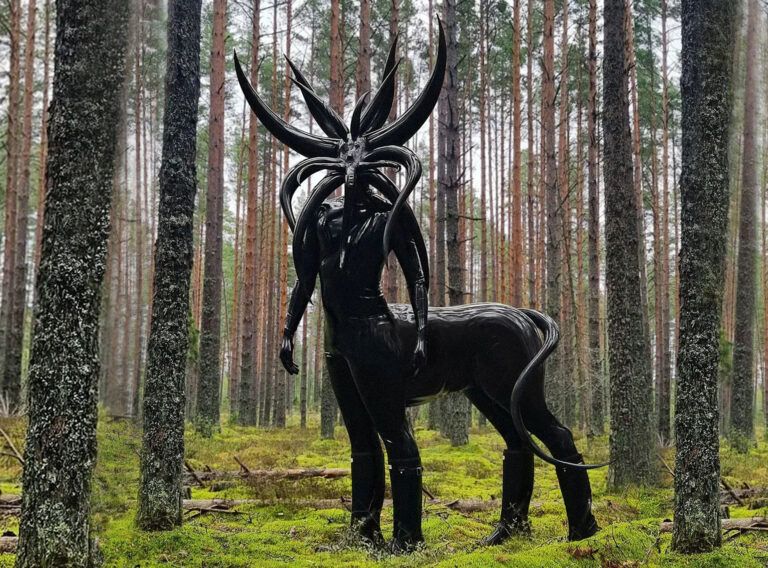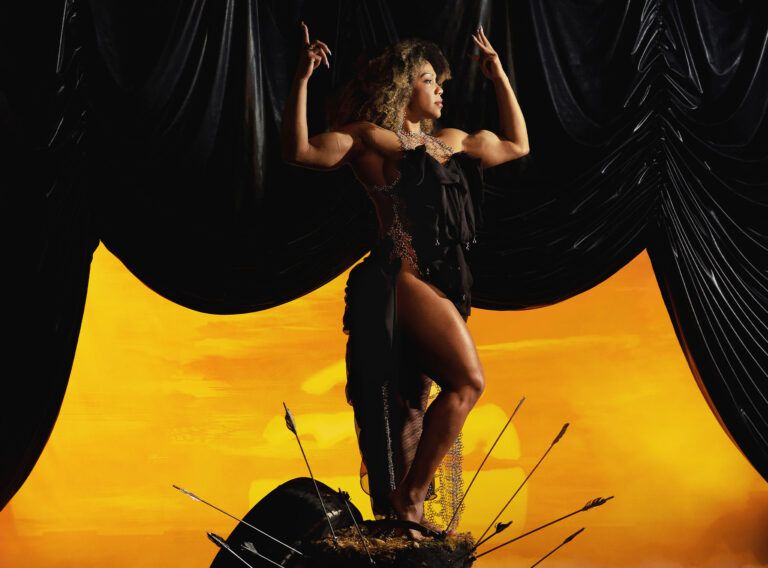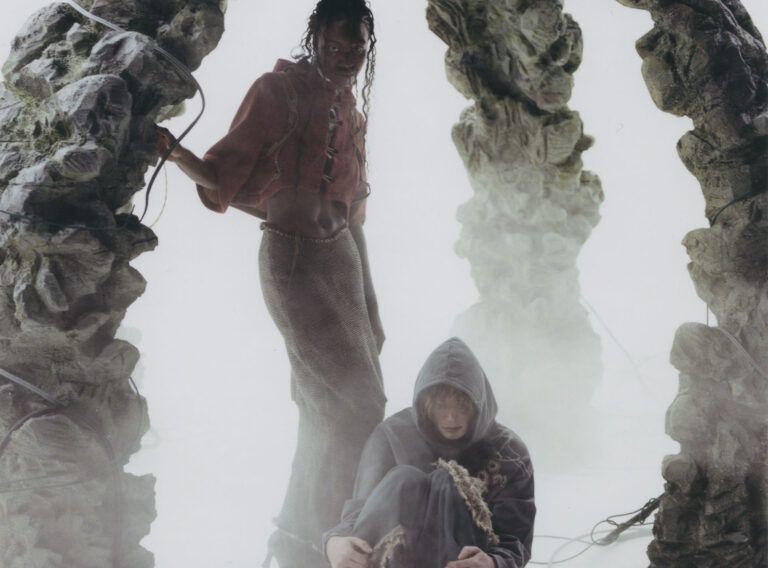Words by the authors: The Para Platform was formed in the powerful year of 2012 as a response to the global need for the creation of sacred garments and accessories of organic origin. “Para” (Sanskrit) means going beyond the limits of something else. “Platform” is a space for co-creation. The best masters from all around the world get along and develop together in our team. Connection with roots, the main source of life, our function built by nature. We deepen this connection.
In the act of joint creation, the world’s heritage merges with a progressive vision and achievements of modern technologies. We create products with meaning through which you become superhuman. Our favourite materials are those created by Mother Nature. At the heart of it is a modern and ancient homespun canvas of healing plants (flax, nettle, hemp), created manually with a technique known for about one hundred years. We call it a “museum” because, at this moment, there is a limited amount of it on our Earth. With love, we seek out every roll of fabric and redeem them from antique collectors or from those who have inherited an invaluable legacy from their ancestors. Each roll is worth its weight in gold, every centimetre of such material is of great value, on the scale of the invested time and attention during the creation of each thread.
True masters, who are engaged in such a complex and important skill like the preservation and development of the weaving tradition, unite. These are rare birds. Our team has established a clear opinion that these people are the modest saints of the Earth.
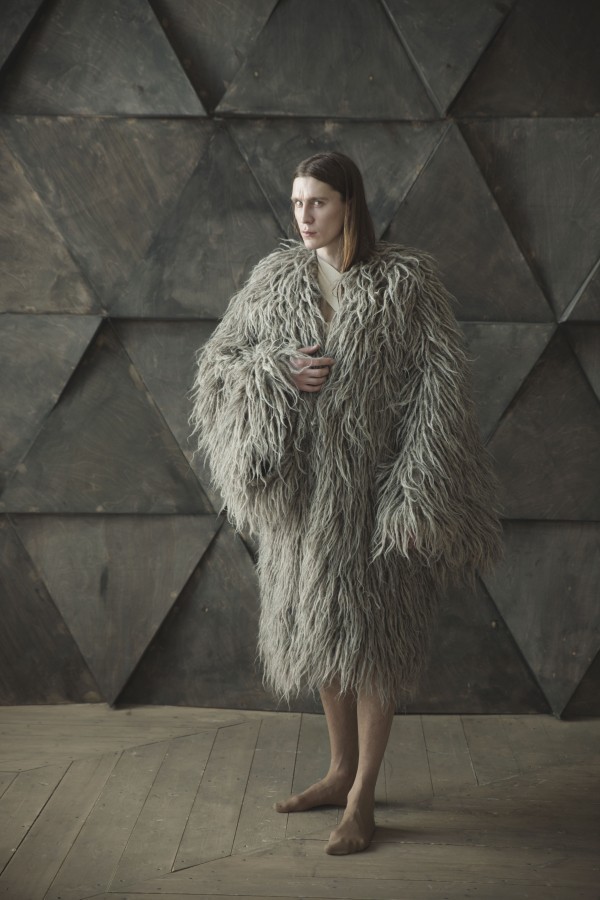
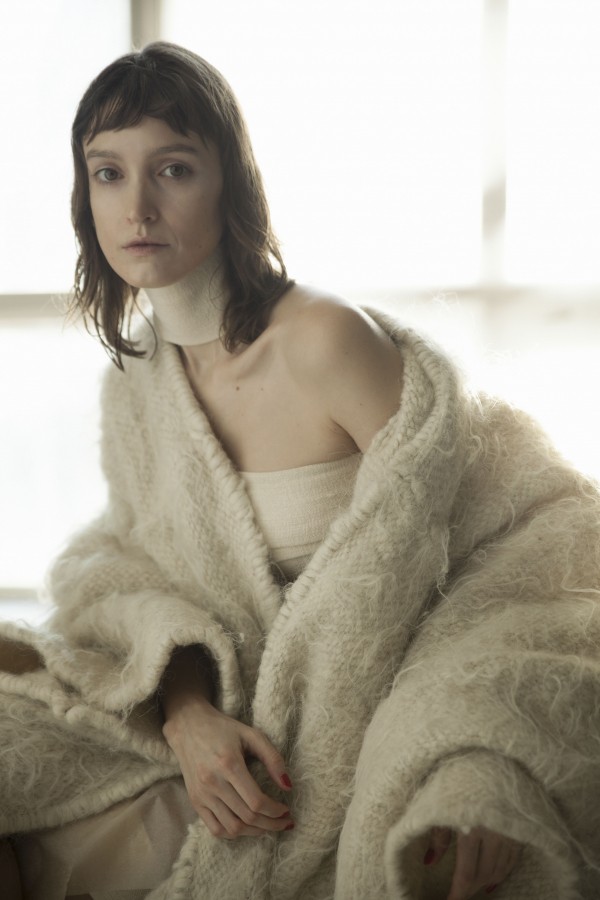



One of the most interesting stages of working with canvas is the search for natural dyes. Grasses, berries, bark, flower petals, rust from ancient objects and the most unimaginable artefacts that give a natural colour and interesting texture are used. With no lesser pleasure, we use modern paints and dyes, they also have their own magic. Embroidery, linocut, junk, hand painting, stencils, splashing paint on the fabric (streaming art), soaking in herbs – only a small part of what homespun cloth allows you to do to it. We are expanding this list by experimenting with new facets. We balance by building bridges between ancestral traditions and modernity.
Special attention is given to our line of wool robes. There is a whole lot of magic to them that you can broadcast around but it is better to just feel how warm and comfortable it is to be in the arms of a woollen cocoon, similar to the human retina. As we said, the composition of a woven fabric is just as unique as the human retina.






A little about the technology of production. The “body” apparel is created in stages. First, a tenderly nurtured material. As you know, sheep grow wool only after they’ve reached two years of age. Shorn wool chaos steamed for up to 8 hours then soaked in flowing mountain water and dried in the sun. Furthermore, the wool fibres are snapped on an iron comb and the fibrous structural material is refined. The resulting raw material is layered in special wooden barrels and topped with rocks. Layers of wool get tied with a rope and then spun on a spindle. This sacred stage is known as the birth of the thread – the living essence and the basis of all the material for clothes. Then comes the next step: Creation. The craftsman then passes the thread with his or her hands through the alchemical loom. The structure of the fibre lines is laid in such a way that any moisture drips down the surface, like on a thatched roof, without being absorbed, keeping the fibres dry.
This process makes it possible to feel comfortable even in cold and rainy weather. Ovoid structure keeps the heat inside the silhouette even at the lowest of temperatures. We pay special attention to the quality and origin of the material. Each sample of clothing is produced in only one copy. The collection consists only of handmade pieces put together by using ancient stitching techniques – no machinery was used in the production of the collection.
The coming times will hold high ethics and respect for nature as a form of harmonious coexistence. Nature grows through the crypt of civilization. The wind blows away everything unstable, exposing the essence. Fire purifies. It’s a great song of nature. There is a place of eternal circling in an ecstatic state of being.
Fashion design & Text / The Para Platform


